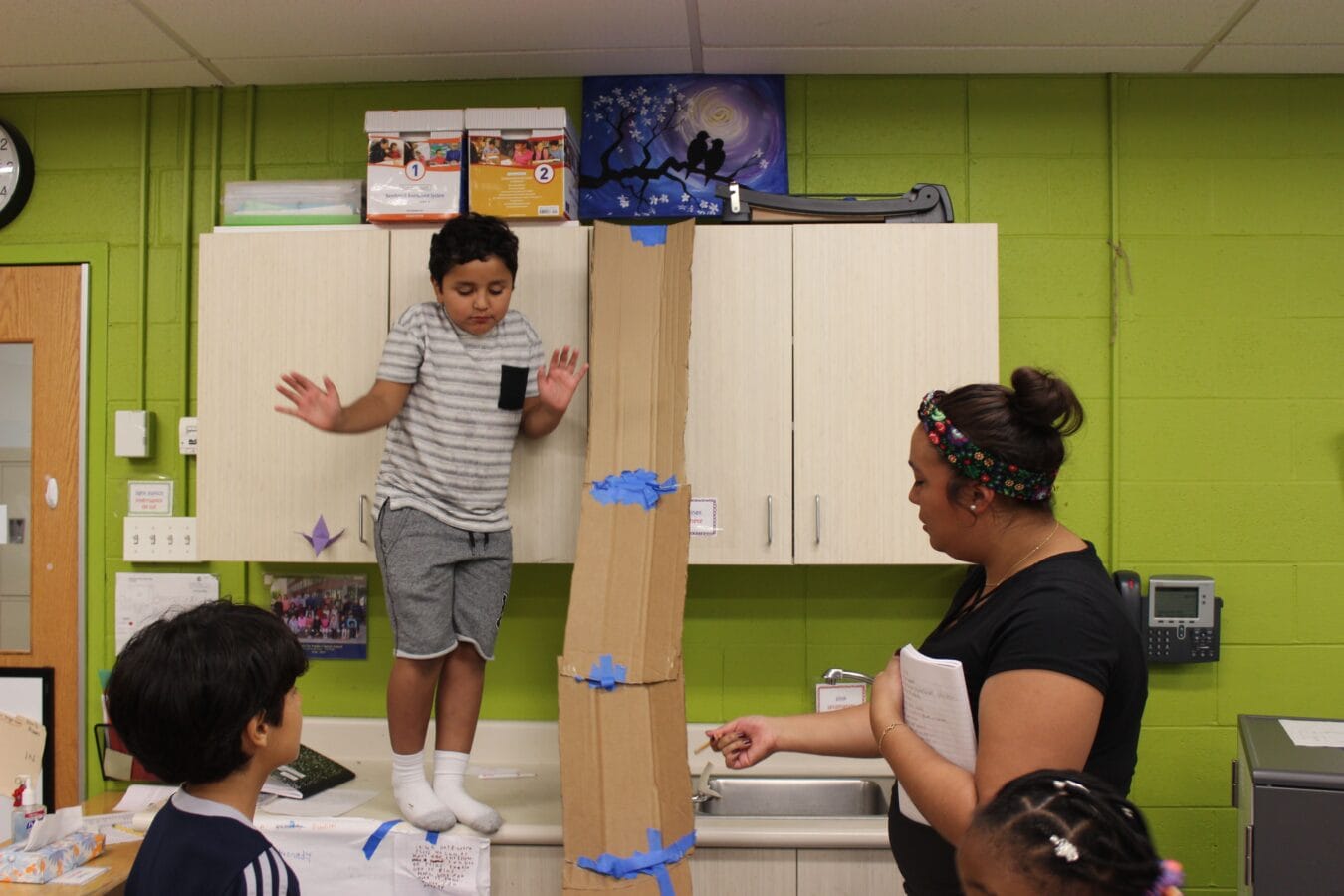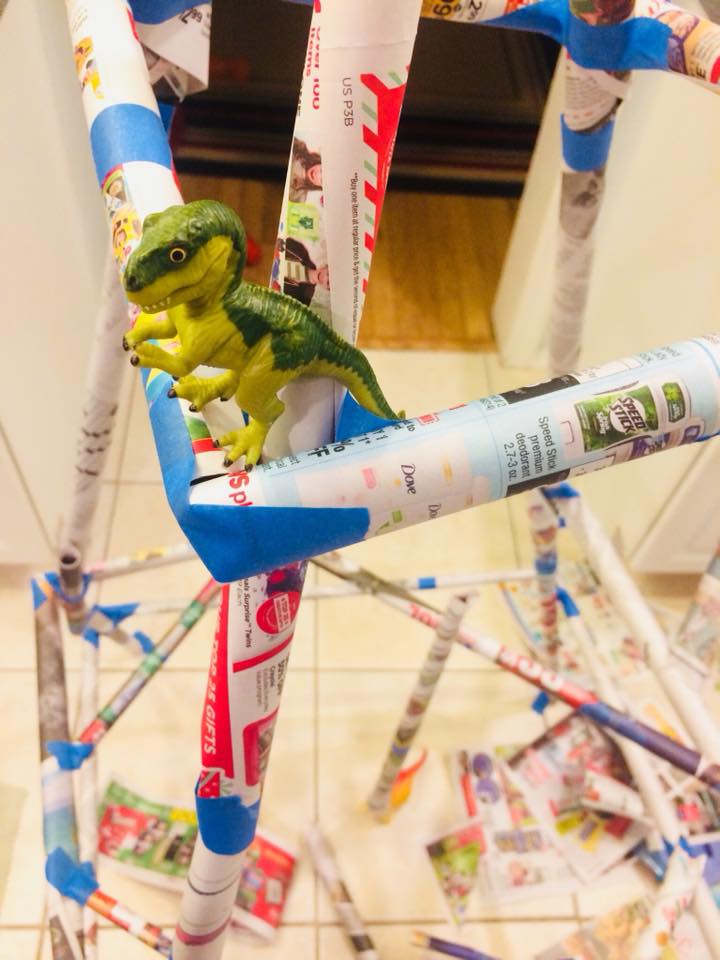September 5, 2022
By Aleta Margolis, Founder and President, Center for Inspired Teaching
Hooray for Monday is a weekly blog filled with questions, ideas, reflections, and actions we can all take to remodel the school experience for students.
You can now listen to Hooray for Monday on Spotify! Check out our podcast here.
We want our students to be right, do things the right way, and get the answer right. But can being right get in the way of learning?
This 3-minute video called “Where Am I?” illustrates the difference between embracing a learner’s stance – which necessarily involves curiosity, risk-taking, and relational connection – and a commitment to being right, which can shut down learning and lead to feeling overwhelmed and isolated.
As we continue to explore the characteristics of an Inspired Teacher, the above juxtaposition can help frame the teacher’s work as it relates to encouraging students to engage in productive risk-taking.
Of course we want our students to know things, to get answers right. And there are situations in which this is appropriate:
- There is a correct answer to the problem, What is ½ of 16?
- There is a correct way to pronounce colonel and scissors.
- There are names of historical figures and dates of events worth knowing.
- The atomic number of oxygen is 8.
In the spirit of Yes! And…
Yes, we want students to learn information correctly. And… we want students to be skilled and confident enough to take a stab at a more complex problem they aren’t sure they can solve on the first try. I’ve always told my students (and my own daughters), if you go through a whole day in school without making any mistakes, you probably didn’t learn much. You likely stayed inside your comfort zone, your place of habitual action, instead of stepping into your zone of proximal development, the place where learning happens.

Some mistakes are unacceptable – like changing lanes on the highway without looking or signaling, or botching a presentation because you didn’t prepare. It’s our job as teachers to discourage (with compassion) mistakes caused by carelessness or lack of preparation. However it is also our job to embrace and encourage the kind of mistakes that fuel the learning process. When students are engaged in complex, higher level learning, mistakes are often a necessary part of the learning process. Just as professional scientists conduct multiple experiments, often over months and years, before developing a safe and effective vaccine or other innovation, students need to be able to try and fail and try again as they navigate complex learning objectives and work toward outcomes that are authentic and meaningful.
What if we offer students learning activities that incorporate intellectual risk-taking? That provide opportunities for soft failures – the kind that won’t paralyze students in taking future risks, but instead show the value of making mistakes and generating new data with each trial. See the “Resources” section below for examples.

Inspired Teachers expect students to be mindful and prepared (vs. careless and unprepared), while simultaneously offering a safe space for intellectual risk-taking. This is what it looks like to set and enforce high expectations. We want our students to engage in higher-level thinking and higher-level learning. Mistakes and intellectual risks taken along the way are necessary ingredients for achieving success in the end. As teachers, we can foster this kind of environment only if we ourselves remain curious and open to learning. Clarity and compassion are the tools we can use to guide our students (and ourselves!) along the way.
Resources: 3 Activities that Incorporate Intellectual Risk Taking

Activities that incorporate intellectual risk-taking focus on learning rather than on being right. This approach offers students the opportunity to learn through mistakes even as they work toward achieving a “right” answer: for example, there is a correct answer for the value of pi, though multiple paths exist for arriving at that answer.
Building a Paper Tower
This activity is a community builder, an exercise in engineering, an opportunity to learn about collaboration, and an experience from which students can do descriptive or process writing. Using just newspaper and tape, students use problem-solving to figure out how to build as tall a tower as possible. (The photo above shows an example of how these can be constructed.)
Automatic Writing
In this activity students start with writing prompts, then take them wherever they wish as they learn to think creatively and let their writing flow. By offering a series of verbal prompts, you can guide your students through a line of thinking that is entirely unexpected.
Finding Pi
Often when we learn about “absolutely true things” – like the fact that 3.14 is pi – we don’t question WHY. We are simply given information, and we proceed from there. And when we are calculating the circumference or area of a circle, we plug that number into an equation with a circle’s radius or diameter and voila the calculation works. But why 3.14? Where does that come from? This activity helps students answer the question “Why is pi 3.14?” It is a great mathematical thinking activity, and it is a tool for encouraging students to question assumptions and figure out why things work the way they do. Understanding where the number pi comes from is a starting point for teaching students that math actually describes the world around us. That kind of deep understanding can build motivation to learn more and more.


